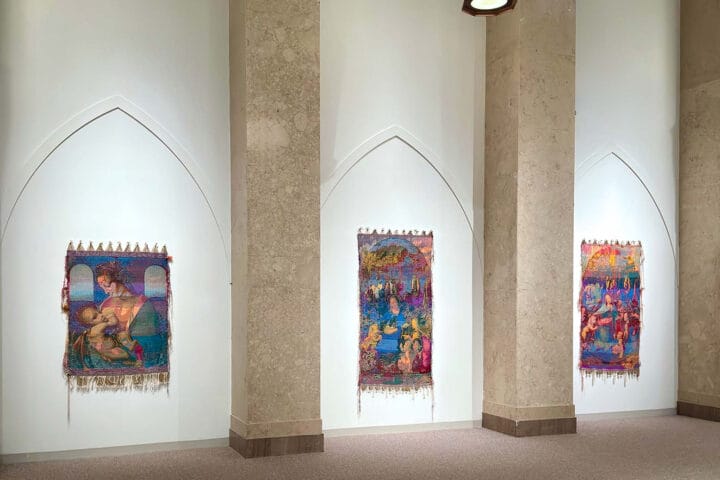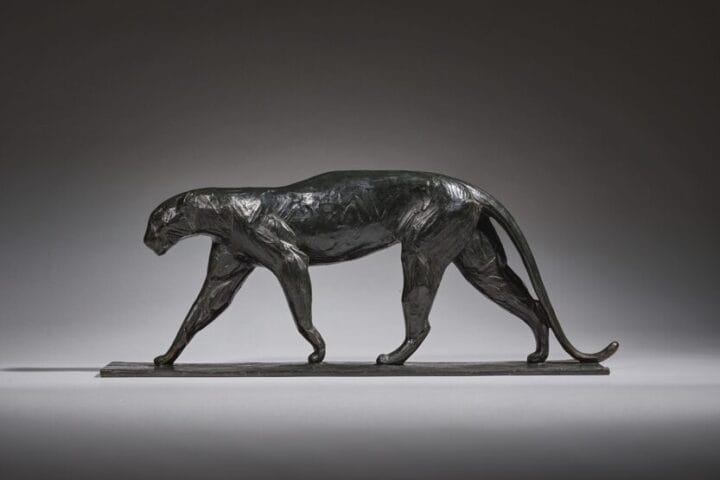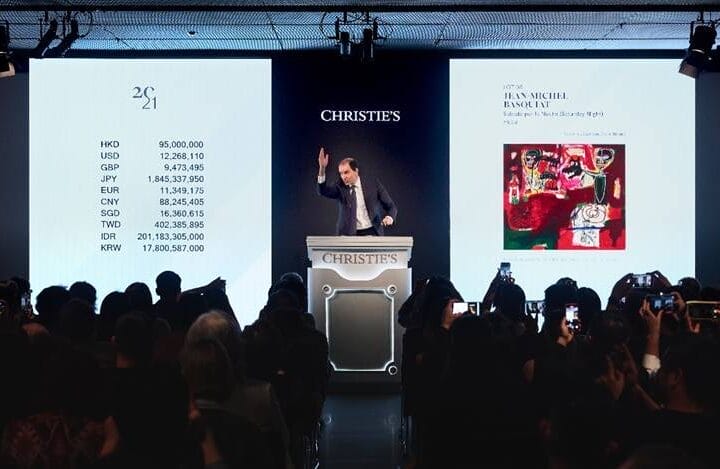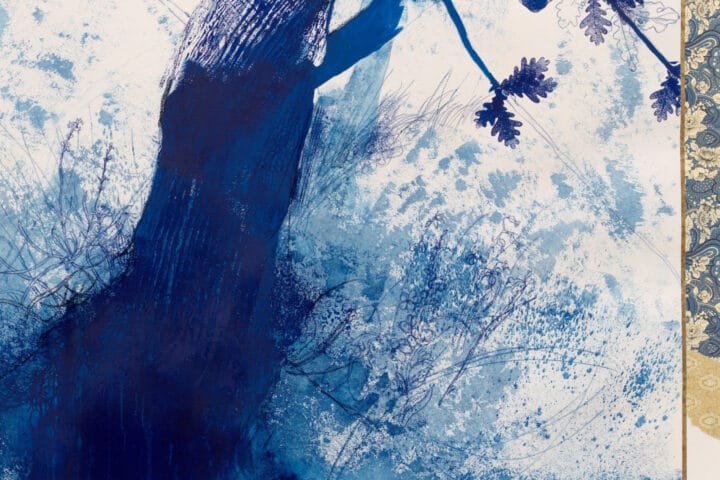Lisson Gallery announces global representation of Hiroshi Sugimoto, together with Fraenkel Gallery (San Francisco) and Gallery Koyanagi (Tokyo). Hiroshi Sugimoto (b. 1948) lives and works between Tokyo and New York. Recent, major solo shows include Hiroshi Sugimoto: Time Machine, Hayward Gallery, London, UK (2023, touring to UCCA Center for Contemporary Art, Beijing, China, 23 March–23 June, 2024); Honkadori Azumakudari, The Shoto Museum of Art, Tokyo, Japan (2023); The Descent of The Kasuga Spirit, Kasugataisha Museum, Nara (2022); and Honkadori, Himeji City Museum of Art (2022).
Sugimoto commented on joining Lisson Gallery’s roster: “I feel like I have found a new family.”
Through photography, sculpture, architecture and performance, Hiroshi Sugimoto manipulates the inexorable march of time and the vast mysteries of space, stalling the clock in order to create monumental forms from historically significant or fleetingly poetic moments. By approaching the artificial with an eye for the natural, in his realistic photographs of museum dioramas or waxworks, and vice versa, in his images of buildings or interiors that seem to melt all that is solid, Sugimoto proves his mastery as one of the world’s greatest artists and innovators of lens-based media. This concept-driven approach begins with the ideation of an image and is only completed upon the work’s execution, usually employing a large-format camera as his primary tool.
This May, Sugimoto presents his first exhibition at Lisson Gallery, at 504 West 24th Street, New York. For this, Sugimoto presents a recent series of large-scale photographic prints that rely on a prism to split ‘white light’ into its seven constituent colours, as well as the many more spectral gradations and shades in between. Through the revelation of this hidden, polychromatic world that exists all around us, Sugimoto simultaneously creates stunning, abstract compositions worthy of modernist painting, despite each image depicting an entirely natural phenomenon. Sugimoto not only follows in the footsteps of Isaac Newton, who published his work Opticks: or, A Treatise of the Reflexions, Refractions, Inflexions and Colours of Light in 1704, but also realigns his practice from monochromatic photographer of fields, forms and figures to a scientific surveyor of blazing colour and invisible possibilities.









